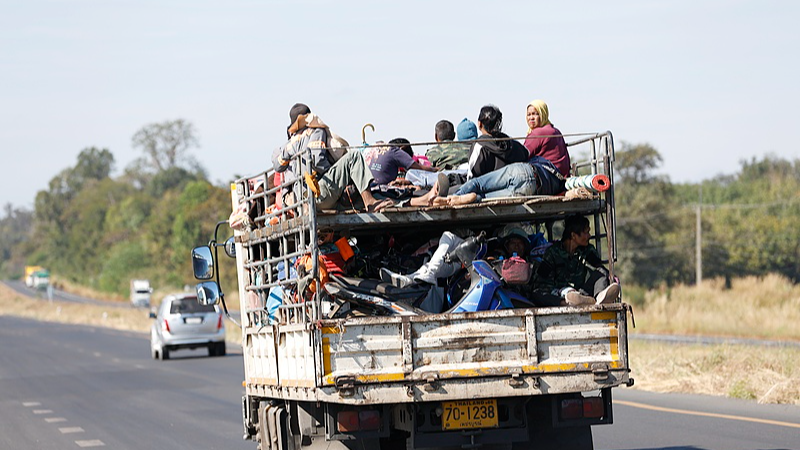Israel’s military announced on Saturday that it will begin relocating thousands of Gazans from the northern combat zones to the south of the enclave starting Sunday, a move driven by growing famine warnings across the besieged territory.
The plan involves distributing tents and essential shelter kits—inspected by defense ministry personnel—via the Kerem Shalom crossing, with the United Nations and international relief agencies coordinating deliveries. Officials say this mass relocation aims to secure civilians as a new offensive to seize northern Gaza City looms.
Northern Gaza City, home to nearly 2.2 million residents, has seen infrastructure decimated by weeks of conflict. Aid workers warn that without urgent intervention, food shortages could deepen into full-blown famine, threatening vulnerable families already cut off from basic supplies.
For young global citizens and digital nomads tracking humanitarian crises, this operation underscores the intersection of military strategy and civilian welfare. Entrepreneurs and tech leaders investing in emerging markets are reminded that stability hinges on meeting basic human needs, from food to safe shelter.
Thought leaders highlight that successful relocations require transparent data-sharing, robust logistics, and respect for community dynamics. Ensuring equitable access to resources, including clean water and medical care, will be critical to preventing further humanitarian fallout.
For sports fans and pop-culture enthusiasts, the human drama unfolding in Gaza may seem worlds away, but relief efforts often rely on global visibility—viral social campaigns and celebrity endorsements can channel much-needed support. Travelers and digital nomads, too, can follow sustainable aid models, turning virtual solidarity into practical action.
As tents rise in southern settlements and aid convoys roll across borders, the world watches. Will this bold relocation plan avert famine, or will logistical hurdles—and the specter of renewed conflict—undermine its promise? Only time and data will tell.
Reference(s):
cgtn.com



